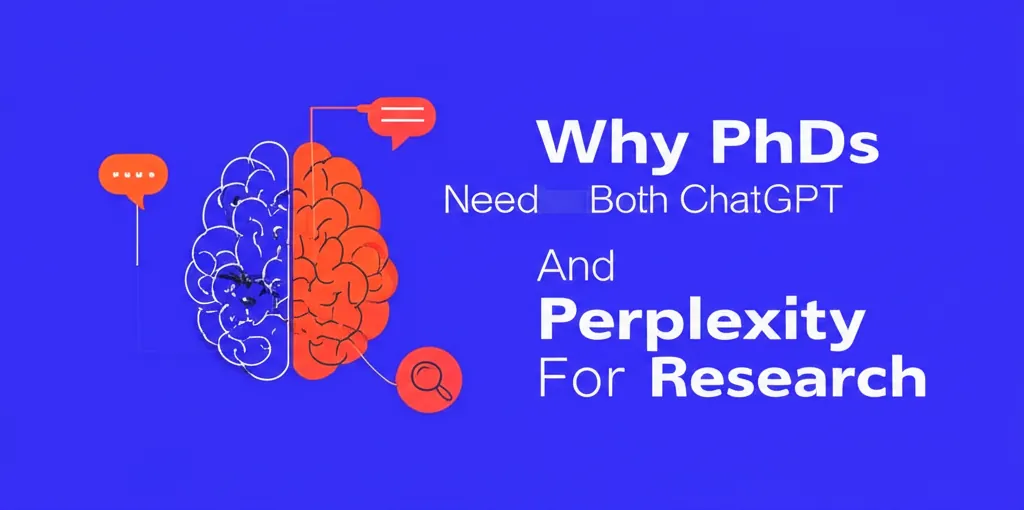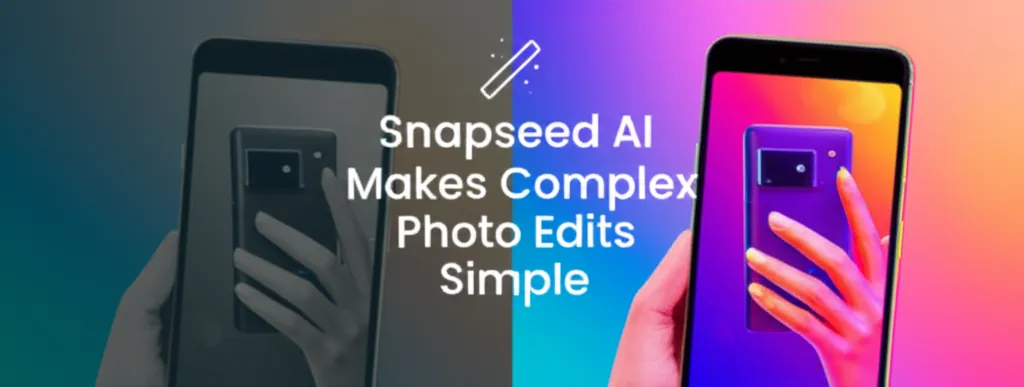Developer Offer
Try ImaginePro API with 50 Free Credits
Build and ship AI-powered visuals with Midjourney, Flux, and more — free credits refresh every month.
How ByteDance AI Is Challenging Tech Giants and Reality
The AI Arms Race Gains a New Power Player
The world of generative AI is moving at lightning speed. Just as OpenAI unveiled its latest video model, Sora 2, heralding it as a significant advancement, a formidable competitor has emerged from the East. ByteDance, the Chinese tech giant behind TikTok, is rapidly making a name for itself in the AI space with a suite of visual models that not only rival those from OpenAI and Google but, in some cases, surpass them in quality and affordability.
In recent months, ByteDance has launched Seedance, an AI video generator that many users are already calling the best available, alongside a new version of its elite image model, Seedream. This surge in high-quality, cost-effective AI tools demonstrates how Chinese companies are quickly closing the gap with their American counterparts, despite U.S. chip export controls. However, this progress comes with a familiar set of problems: the potential for mass-producing undetectable deepfakes and the flagrant reproduction of copyrighted material.
Why ByteDance's AI is Winning Over Users
ByteDance's models, which can be accessed in the U.S. through third-party platforms, are captivating creators with their stunning realism and attention to detail. Jobin Jonny, a designer from Kerala, India, was amazed by Seedream's ability to generate a face that perfectly captured the distinct features of a man from his region.

Jonny now prefers Seedance for video generation, particularly praising its grasp of physics and natural, fluid movements. A significant factor driving this adoption is the price. On one platform, using Seedance costs half as much as Google’s Veo 3, a compelling reason that has AI influencers encouraging their followers to make the switch.
The sentiment is echoed by industry leaders. Eric Lu, co-founder of the video editing software Kapwing, conducted internal tests comparing ByteDance's models to American competitors on quality, speed, and cost. “And it wasn’t close—the models are better in every way,” he stated. Lu quickly made Seedance and Seedream the default AI models for Kapwing, calling it a “no-brainer” that saves money while delivering a superior product to users.
Behind ByteDance's Rapid Ascent
ByteDance's success is no accident. The company has been aggressively building its AI capabilities by hiring top-tier talent, including a former vice president from Google DeepMind, and investing billions of dollars into infrastructure. It has also managed to navigate U.S. chip controls by renting advanced Nvidia chips outside of China and rapidly expanding its data center footprint in Malaysia.
The Unchecked Spread of Deepfakes and Misinformation
As these powerful and affordable tools become widespread, the threat of deepfakes and misinformation grows larger. The low cost and high quality could upend creative industries, with users questioning the need to buy stock footage when they can generate any clip instantly.
Concerns about misuse are well-founded. When TIME magazine tested Google's Veo 3, it was able to generate realistic but misleading videos of news events. While ByteDance's Seedance rejected some of the same inflammatory prompts, it still produced convincing footage that could easily be passed off as real, such as a video of U.S. soldiers delivering aid to Palestinian refugees. The line between reality and AI generation is becoming dangerously blurred.
A Blatant Disregard for Copyright and Likeness
Beyond misinformation, ByteDance's models raise serious questions about copyright. Chinese scholars have noted that the country's regulatory approach allows for “moderate leniency” when it comes to training AI on copyrighted data. The results are evident in the outputs.
Users have effortlessly generated images featuring protected characters like Heath Ledger’s Joker and Margot Robbie’s Harley Quinn or a team-up of Spider-Man, Batman, and Superman. Kapwing's Eric Lu notes that the models seem particularly willing to recreate everything from Mickey Mouse to the Minions, likely because of the unrestricted access to training data in China.
The issue extends to the likenesses of real people. TIME was able to create an image of a “young Brad Pitt and Leonardo Dicaprio shaking hands” using Seedream, highlighting a legal gray area that U.S. legislation, like the proposed NO FAKES Act, is trying to address.

An Ethical Race to the Bottom
The rise of unrestricted Chinese AI models is putting pressure on American companies. Some U.S. labs have argued that to remain competitive, they too should have more freedom to train on copyrighted material. Maribeth Rauh, an AI ethics researcher, warns that this “adds heat to the fire of scrambling to get ahead at any cost, and regardless of any kind of law or ethical implications.”
Rauh also points to the significant data privacy risks, as users' interactions and prompts reveal sensitive information that could be vulnerable.
Ultimately, as the technology becomes more pervasive, the solution may not lie in simply blocking the tools. Katharine Trendacosta of the Electronic Frontier Foundation argues for a greater focus on education. “We just keep targeting the new technology,” she says, “and not media literacy or teaching analytical skills or how to evaluate sources.” In an age where anything can be faked, the ability to think critically is more important than ever.
Compare Plans & Pricing
Find the plan that matches your workload and unlock full access to ImaginePro.
| Plan | Price | Highlights |
|---|---|---|
| Standard | $8 / month |
|
| Premium | $20 / month |
|
Need custom terms? Talk to us to tailor credits, rate limits, or deployment options.
View All Pricing Details

